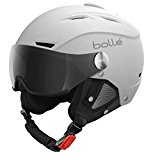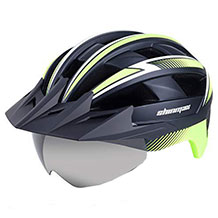Bike helmet purchasing advice: how to choose the right product
- What You Need to Know
- There are no requirements for cyclists to wear a helmet. Helmets remain, however, the best means to prevent head injuries and fatal accidents.
- There are many different types of helmets: from city, to racing to mountain bike.
- To provide the ultimate safety, the size as well as the form has to fit the wearer.
- Choosing the correct helmet depends on criteria like the manufacturing quality, safety, and comfort.
Bike Helmets: Life Savers or Useless Accessories?
Every year, thousands of bike accidents occur in the UK. In 2019, 16,884 people were officially registered to have been injured in cycling accidents. Some of these accidents led to irreversible damage and, in the most tragic cases, death. Traffic experts and medical professionals advise cyclists to always wear a helmet. A helmet doesn’t just protect against skull fractures and cuts, it can save lives. Of course, helmets alone cannot totally prevent injury. They do, however, significantly reduce the risk of brain damage and skull fractures.
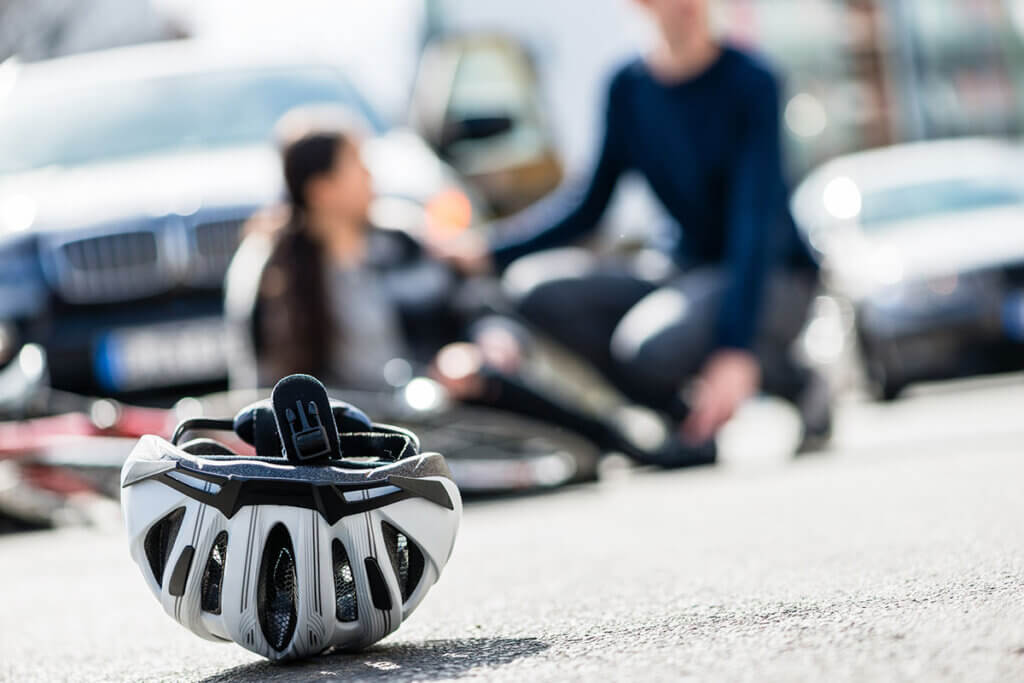
Many people and action groups are attempting to enforce compulsory helmet wearing for cyclists. The worry for the authorities is that such a requirement would have a negative effect on cycling participation. There has been a historical precedent of public outcry before the introduction of new safety regulation. This was the case when wearing seat belts and ski helmets was made mandatory. Naturally, the traffic conditions and type of road play a significant role in road safety. This doesn’t mean, however, that cyclists should be exempted from wearing a helmet.
It is advised that children and active cyclists always wear a helmet—be it on a mountain bike, a racing bike, or a BMX. By doing this, adults don’t only protect themselves from head injury, they also provide a good example for onlooking children. This risk of getting into an accident as an adult is barely lower than that of a child. In fact, experienced riders often take more risks. Just because you are wearing a helmet doesn’t give you jurisdiction to break other rules like riding too fast. Showing consideration for other road users remains essential.

Some people see helmets simply as an ugly annoyance that messes up their hairstyle. This is, of course, a matter of opinion. Nevertheless, vanity should, never take precedence over safety. Some critics look to a study from the year 2007, in which it was claimed that those who wear helmets are more likely to get into an accident than those who don’t. The theory behind the study suggested that cyclists and car drivers take less care when the cyclist is wearing a helmet. For the best level of protection, it is important to choose the correct kind of helmet. High-quality protective headwear is robust and fits to the shape of the individual’s head.
Arguments For and Against
Although for many adults their vanity is a difficult obstacle to overcome, safety considerations should always have top priority. The various plus points and drawbacks of wearing a helmet are illustrated in the following table:
Advantages
- Head protection in the event of accidents
- Available for all ages and genders
- Designs for every taste
- Individually adjustable
- Long lasting
- Not prohibitively expensive
Disadvantages
- Extra weight to carry on the head
- Large differences between manufacturers
A Helmet for All Occasions
Helmets are able to absorb the energy of an impact and disseminate it through their structure. To do this, they make use of hard foam, otherwise known as EPS (expanding polystyrene).
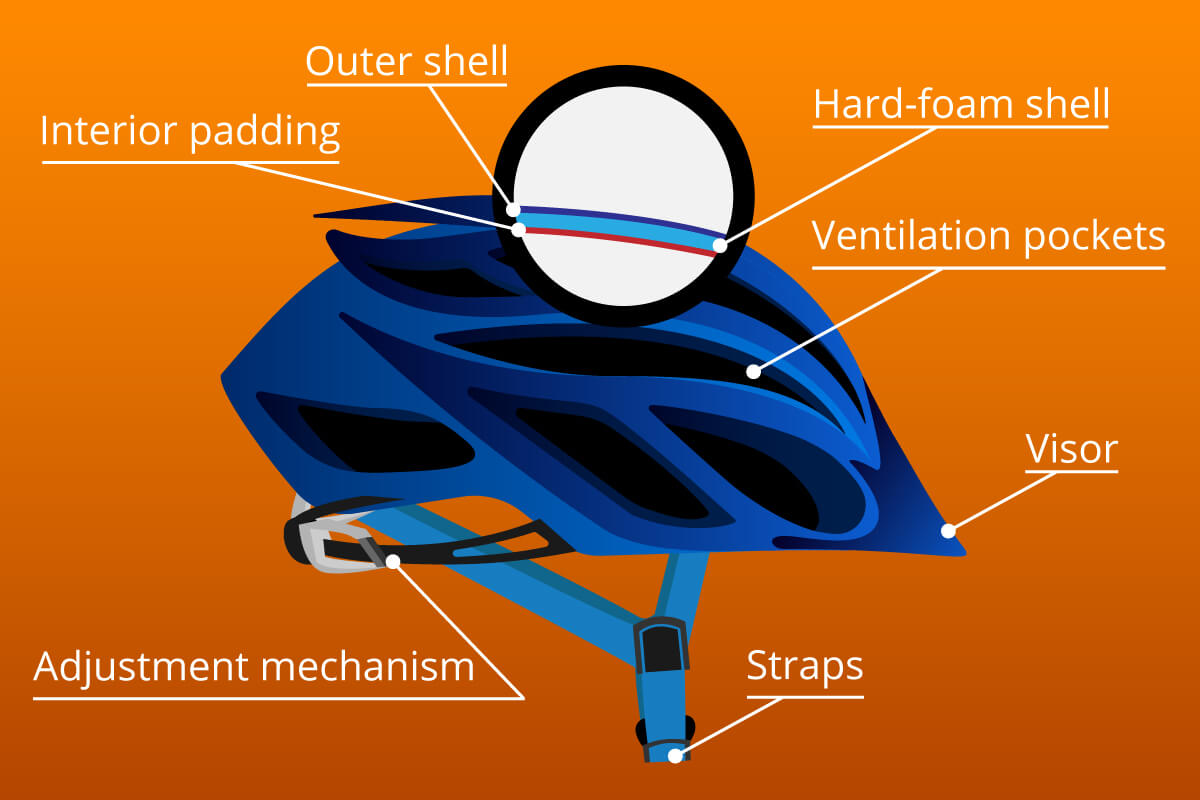
A stable, plastic casing is needed to protect this sensitive material. Oftentimes, the interior is built into the exterior shell. If a helmet has been simply glued together, then it is of lesser quality. The resistant and hard outer shell, made from ABS, is able to withstand sharp objects from penetrating the helmet. It also helps to minimise any scrapping that could occur in contact with asphalt.
While expensive hard-shell models use an in-mould system to provide optimised protection, soft-shell models also provide sufficient protection — just not to the same level. These soft-shell helmets only possess a layer of hard foam. In comparison to hard-shell models, they are significantly lighter, but more difficult to clean. More expensive models have a carbon shell. This carbon fibre composite can withstand a lot of force, despite its light weight.
The In-Mould Technique
In-mould technology is common in the manufacture of sport helmets. The shell and hard foam are melted together under high pressure and high temperatures, creating a completely enclosed and connected helmet structure. If the wearer of the helmet were to fall on something sharp, this type of helmet provides much more protection than a simpler, glued model. In-mould helmets are also lighter and longer lasting.
MIPS: Smart Head Protection
MIPS (Multi-Directional Impact Protection System) is an innovative style of helmet designed to protect against indirect impacts to the head. Normal helmets aim to absorb impact statically without any rotation of the head. MIPS helmets, meanwhile, aim to also reduce the turning and rotationary forces exerted on the head during an accident.
For this, the exterior of the helmet remains movable independent from the interior. This means that the rotary forces excerted by a sideways fall can be reduced. The system is based upon that of the brain itself, which is movable within the skull. This allows for the impact to be better absorbed in the event of an accident.
Different Types of Bike Helmets
Everyone’s requirements for a bike helmet are going to be a little bit different. Someone may be looking for something rounded which covers the back and sides of the head. Someone else, meanwhile, may be looking for a sporty helmet with air pockets and an aerodynamic form. Depending on what they a needed for, bike helmets can differ enormously.
Children’s Helmets
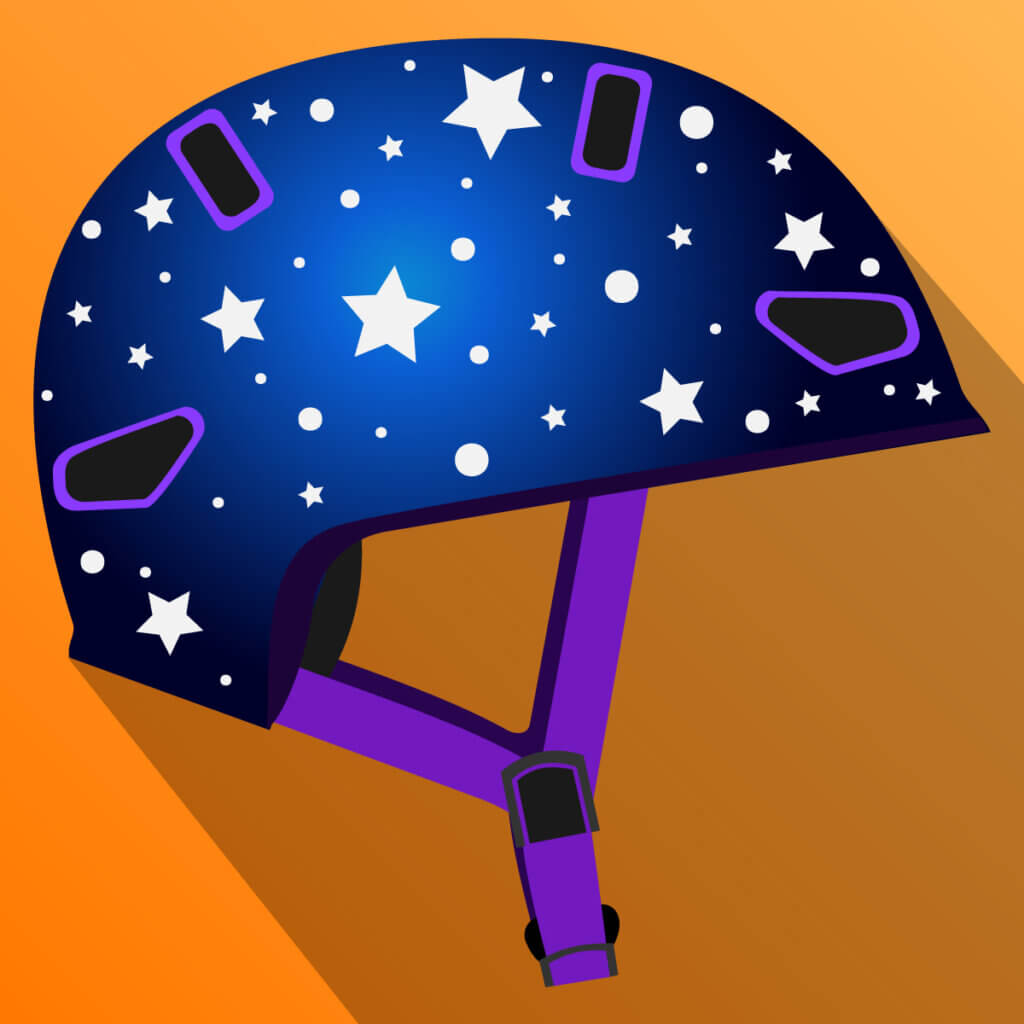
Children’s helmets are available in different colourful designs. Their designs can be particularly eye catching due to the umbrella-like front and deep-set, flattened rear. They have lots of ventilation pockets, allowing for air to circulate freely. Despite these air pockets, the safety of the helmet remains the same. The exact size of the helmet can also be adjusted with the chin strap. These helmets are child-friendly to use and can even come with built-in lights.
The City or Skater Helmet
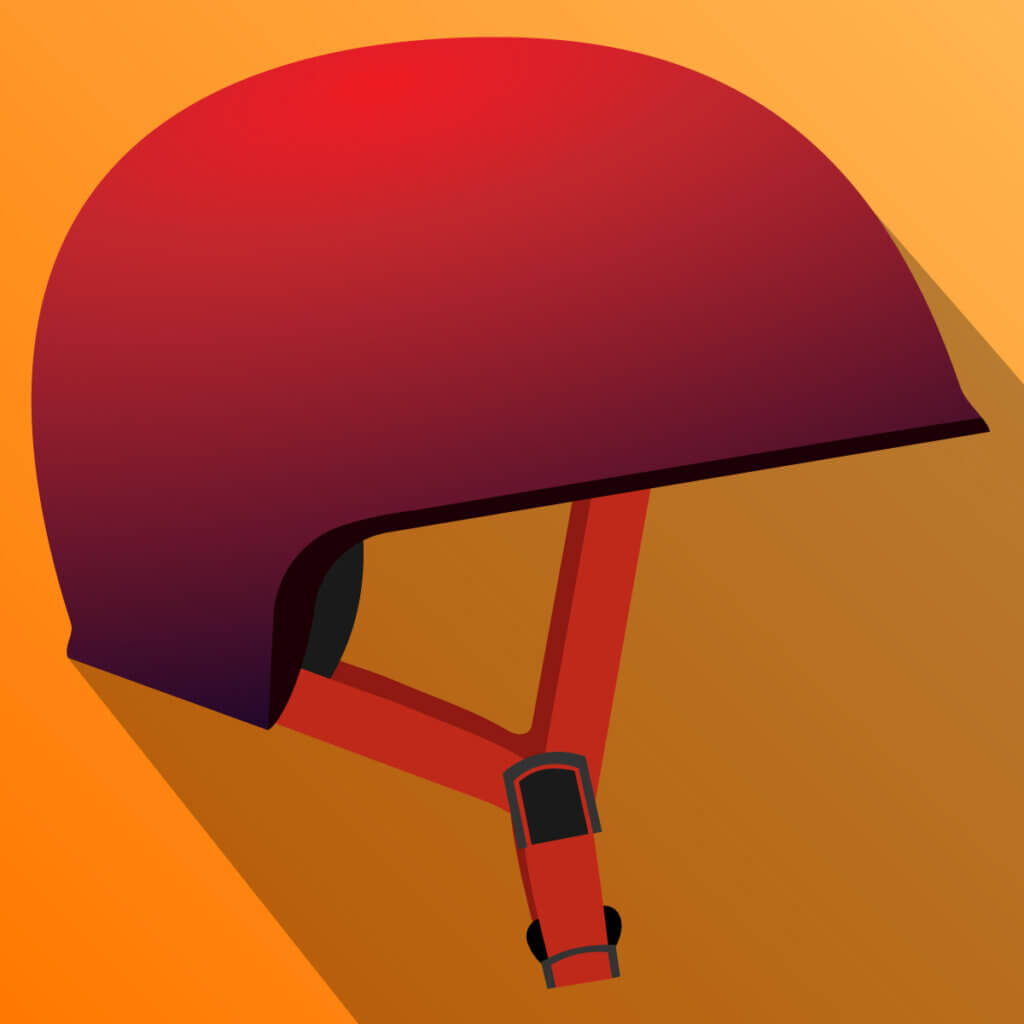
The casing of a city helmet has a deeply set rear and a subtle brow. This type of helmet encases more of the head and has less provision for ventilation. It is loved by hobby cyclists for its cool design.
The All-Around or Touring Helmet
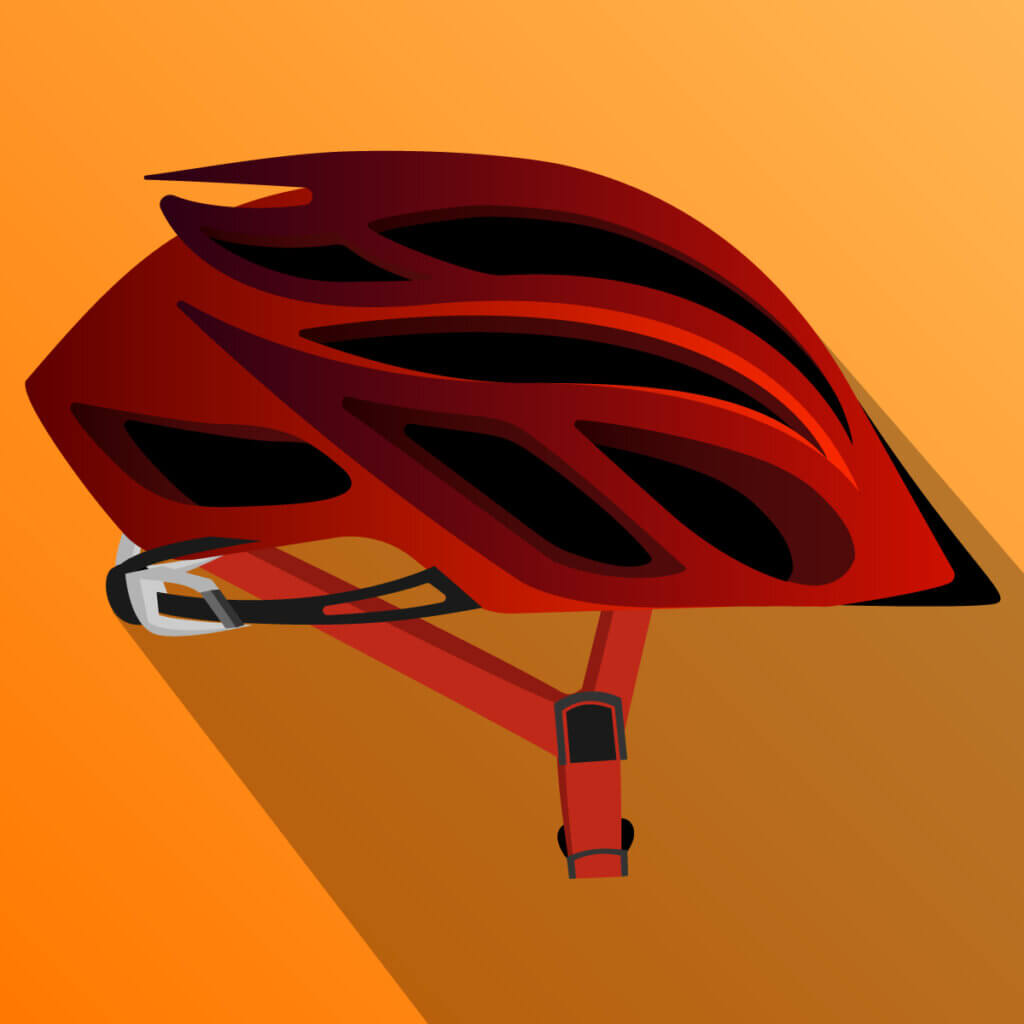
These models are particularly light, have a lot of ventilation holes, and an extended brow at the front which protects from sun and rain. They often come with a light at the back, as well as a detachable visor. These helmets are suited to everyday cyclists who want to be prepared for all eventualities.
Racing Helmets
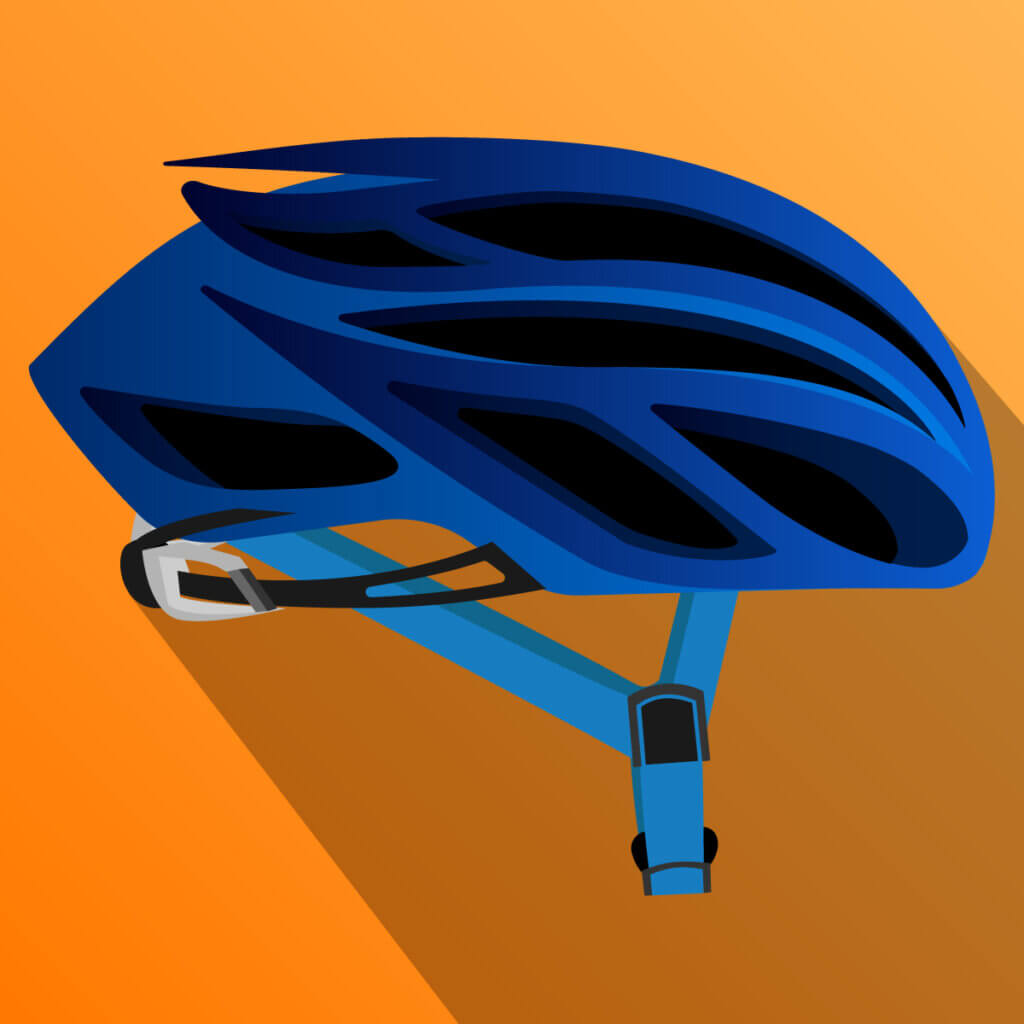
Particularly light and well ventilated, racing helmets are instantly recognisable by their flattened brows. Weighing between 200g and 300g, their aerodynamic construction allows them to be worn comfortably, even on long journeys. Extra protection is provided by both the outer material and carbon interior structure.
Mountain Bike Helmets

Although mountain bike helmets tend to be a little larger and bulkier, they are usually no heavier than conventional helmets. The Enduro model, for example, is usually made using a half shell. It is light, well ventilated and comes with a detachable visor. All-Mountain models are suitable for all terrain cycling.
The Downhill Helmet

These light, yet robust, hard-shell helmets fully enclose the chin, neck, and head. Rather than a visor, they come with protective goggles. They provide a complete protection for the entire head and neck area much like motorcycle helmets.
Innovative Helmets
Inventions like the Hairport give cyclists alternatives beyond the limitations of a conventional helmet. The Hairport design allows wearers to keep a braid or ponytail comfortably on the back of the head without it obstructing their vision. Another good invention was that of the detachable visor, which can be used in place of sunglasses. Glasses wearers are recommended to purchase special cycling glasses which help to stop the helmet from exerting uncomfortable pressure on the sides of the head. New and innovative designs are constantly appearing on the market. A helmet with a built-in airbag is a great example of this. The airbag sensor is triggered as you are falling, releasing the airbag around the skull.
Size Matters
A helmet only really offers full protection if it fits correctly. When making the decision to buy, the correct fit should be of highest priority. The interior padding and chinstrap play an important role for determining the fit of the helmet on the head. If a helmet isn’t correctly fitted, there is a high chance that it will slip during a crash. A helmet shouldn’t be worn too deeply towards the neck, nor perched forwards on the brow, blocking the view. The built-in plastic ring on the interior helps to create the perfect head shape, keeping the helmet on tightly without it wobbling.
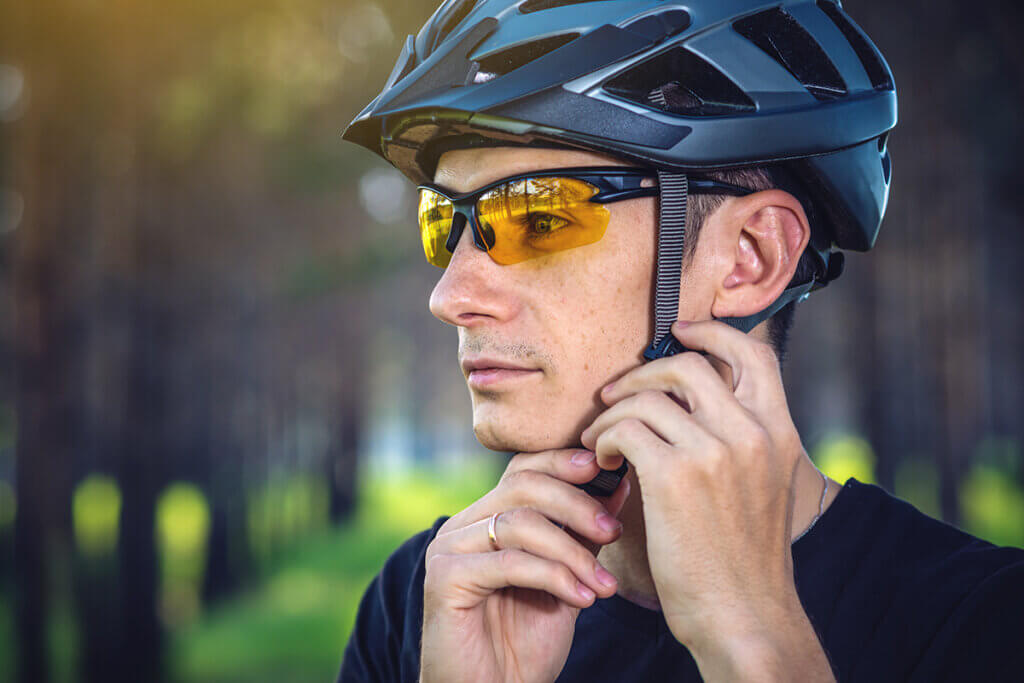
Helmets are often adjustable up to 5cm thanks to an adjustment wheel on the back of the head. In truth, however, a helmet should already fit before any adjustment. If the interior padding presses onto the skull in strange places, it can lead to irritation or discomfort. If the helmet is too large, then extra interior padding can be bought to fill the empty space. The chip strap offers another method of adjusting the helmet size. You can check if the straps are sitting correctly on the head if they form a V-shape in front and behind of the ear before fastening tightly under the chin.
There should be room between chin and strap for a finger or two. Holding clips, meanwhile, maintain the straps at the correct length. The chin strap should be, where possible, tight to the chin without causing discomfort. This allows the wearer to still be able to breathe in the event of an accident. The strap shouldn’t be cut down in size with scissors, as you may require more room for wearing a helmet over a hat in winter. Depending on the model, the clasp can employ either a click or a magnet system. With long-distance cycling or racing, it is important to be able to open this clasp with one hand while still cycling.
Measuring Helmet Size
Each head is different and, accordingly, bike helmets come in different sizes. Just like with hats, sizes are measured from XXS to XXL. The best way to measure your head is to use a tape measure around your forehead. The longer the measured length is, the larger a helmet you’ll need. The following table provides a size guide.
- XS: 51cm to 54cm
- S: 55cm to 56cm
- M: 57cm to 58cm
- L: 59cm to 60cm
- XL: 61cm to 62cm
- XXL: 62cm to 64cm
Due to the fact that sizes differ greatly between manufacturers, the size should be checked every time that you buy a new helmet. Most important is that there is no room on the top of the head for the helmet to become loose.
Safety First: Safety Standards
To be used in Europe, helmets must first undergo testing stipulated by the GPSR (General Product Safety Regulations). This test is known as EN 1078. This has been adopted by the British Standards Institution (BSI), together with a further test for children’s bike helmets. The tests check whether the materials stand the test of crash simulations. These standards are, however, often considered to not be as thorough as similar tests for motorcycle helmets.
What to Look Out for When Buying a Helmet
Together with the size and fit, there are a few more things that need to be considered before you make the decision to buy a new helmet. Of course, added extras come at a higher price. The following four criteria should be considered, irrespective of potential cost:
- Safety: It is not enough to ask whether a helmet has enough cushioning to absorb the energy of a crash; just as important are things like the ease of removal and built-in lighting.
- Manufacture: It is essential that the helmet doesn’t deteriorate when exposed to high or low temperatures.
- Comfort: To be as comfortable as possible, a helmet should be light, well ventilated, and not scratchy.
- Harmful Substances: Customers should make sure that the helmet doesn’t contain any harmful materials, such as plastic softeners.
Added Extras: Ventilation and Reflectors
It’s true that, after a little while, every extra bit of weight on the head can weigh you down. In most cases, helmets are not at all heavy — most having a maximum weight of around 1kg. To avoid a sweaty head during long rides, it is best to buy a helmet with ventilation pockets. This way, air flows in the front of the helmet and out of the back, helping to prevent summer heat from building up. Most ventilation pockets are equipped with insect netting to keep out any unwanted critter visitors. If it is raining, a protective waterproof cover helps to keep water from entering through the holes.
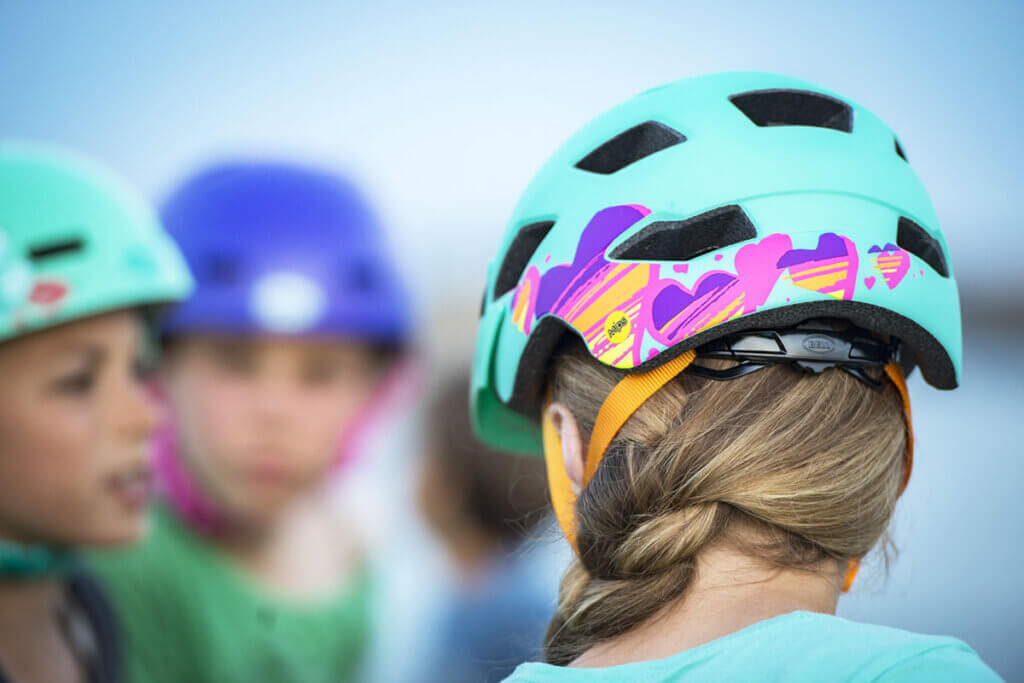
Reflectors can also be added to both sides of the helmet. These can either take the form of a reflective strip or a reflective sticker. If applied correctly, these help a cyclist to be better seen by other road users at night. Some cyclists choose to wear a red LED light on the rear of the helmet.
Meanwhile, a retractable visor protects riders not only from drafts, but also from bright light, rain, snow, and insects. Thus, the wearer doesn’t need to wear sunglasses. At the same time, there is usually enough room for normal glasses to be worn underneath the visor. Colourful tints can be bought with a prescription. Cyclists can also choose between mirrored and clear models. Some models automatically deploy the visor depending on the weather conditions.
Bike helmets come in different colours and designs, ranging from classic monochrome to versions with animal ears or Star Wars graphics. It’s not recommended to get a black helmet because they are more difficult to see in the dark and can become extremely warm in summer.
A Helmet for Life?
Bike helmets are subjected to a constant assault from the weather. The damaging effects of sun, wind, and rain accumulate to limit their lifespan. The thermoplastics used in their manufacture — ABS and EPS — both deteriorate under certain weather conditions and naturally lose some of their properties over time. Most manufacturers recommend, therefore, that a bike helmet be changed every three to five years. It is very difficult to make sweeping statements about the durability of the diverse range of products available on the market. At the very least, a helmet should be replaced after an accident, even if there is no damage visible. Even the smallest of cracks that may be imperceptible to the human eye can affect the overall durability and protective function of a helmet.
Safety for Kids
Lots of parents choose to take their kids with them on their bikes— usually in a kid’s seat or rear attachment. It is always advised that children wear a helmet, even if they themselves are not riding the bike. This is the only way to effectively protect a child from accidents. Kids are often not quick enough to react to danger, but a helmet can help to prevent any serious damage from occurring.
Regarding storage, it’s important to not keep a helmet in a damp room. This is because the material can deform. A helmet can no longer be used once the EPS foam has become crumbly or the inner shell has separated from the outer. One of the main causes of this kind of damage is exposure to UV light. For this reason, bike helmets should not be stored in direct sunlight, as well as in warm car boots, or next to a radiator. The ideal option is a cool, dry, dark storage area. Kids helmets need to be changed significantly more frequently, partly because children grow quickly and partly because they fall more often during the learning phase.
The Right Care and Maintenance
During a cycling trip, all different kinds of dirt collect on a helmet like rain, mud, or even insects. It should be noted, however, that not all cleaning detergents are suitable for cleaning a helmet. Strong cleaning products, oils and solvents are not suitable for this task, as they contain benzene, acetate, and chlorine, all of which are capable of destroying chemical compounds and making the helmet porous. Lukewarm water and washing up liquid or soap is enough to clean the surface of the helmet without negatively affecting the material below. If dirt has become truly caked-on, it is possible to scrub a little harder with a sponge or similar device. You must, however, be more careful with the interior. Cleaning between the air pockets is best done with a damp cloth. This can also be used to clean the straps.
Dirt from the street is not the only type of dirt which affects the interior of a bike helmet. Sweat, hair particles, and other hair products also leave their mark, meaning that the interior padding needs to be cleaned regularly. Oftentimes, the interior padding is easy to remove and clean thanks to Velcro. For hygiene reasons, it’s recommended that users occasionally wash these parts of the helmet in the washing machine on a short-wash setting at 30°C. High-temperature settings are just as damaging as a spin in the tumble dryer. Under no circumstances should you dry your helmet in the sun. When reassembling the interior padding, attention should be paid to returning everything to its original position.

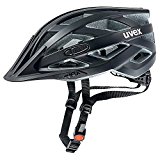
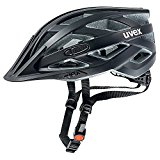
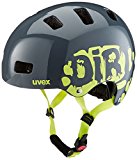
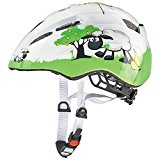
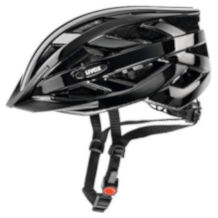


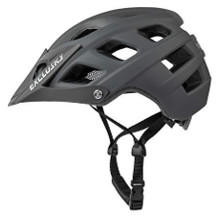
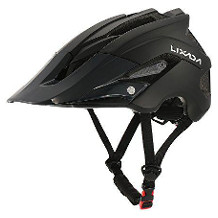
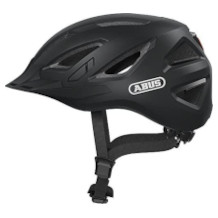
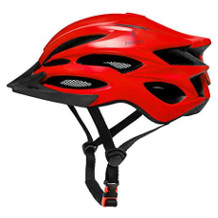
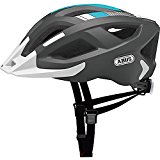
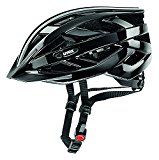
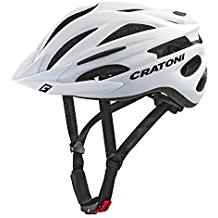
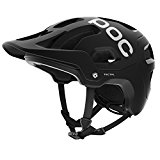
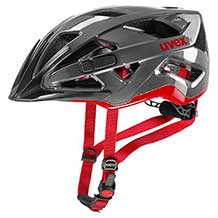
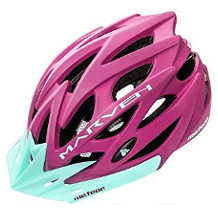
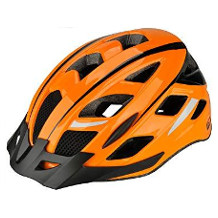
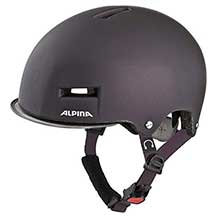
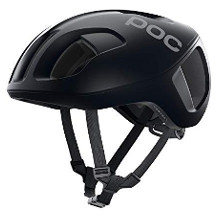
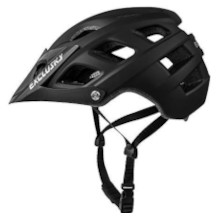
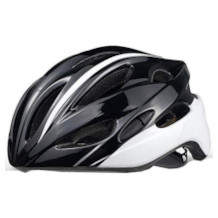

 6,646 reviews
6,646 reviews

